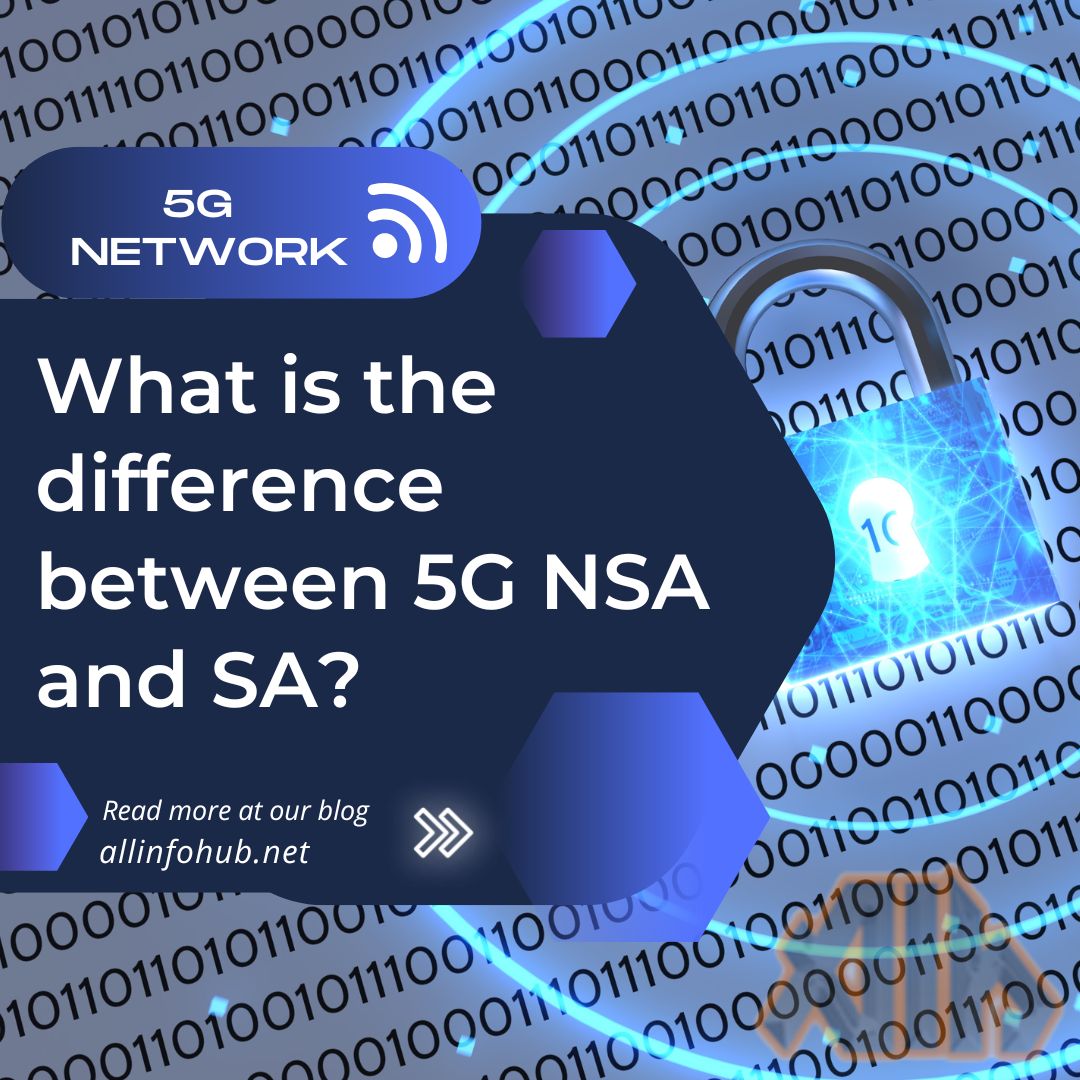5G NSA (Non-Standalone) and SA (Standalone) are two different modes of 5G networks. Here’s the difference between the two:
5G NSA:
NSA stands for “Non-Standalone” architecture.
In this mode, 5G networks are built on top of existing 4G LTE infrastructure.
5G NSA uses the 4G LTE core network to handle functions such as authentication, signaling, and mobility management.
The 5G radio access network (RAN) is added to the existing 4G LTE RAN, which means that both 4G LTE and 5G devices can use the same infrastructure.
This mode provides faster download and upload speeds and lower latency than 4G LTE, but not as fast as 5G SA.
5G SA:
SA stands for “Standalone” architecture.
In this mode, 5G networks are built from scratch and do not rely on any existing infrastructure.
5G SA uses a new core network designed specifically for 5G, which allows for more advanced features and capabilities.
The 5G RAN is also built from scratch, with new hardware and software designed to support 5G specifically.
This mode provides the fastest download and upload speeds and the lowest latency, making it the most advanced mode of 5G.
Overall, 5G SA is the more advanced mode of 5G, but it requires significant investment in new infrastructure. 5G NSA provides a faster upgrade path from 4G LTE and can be deployed more quickly and cost-effectively.








